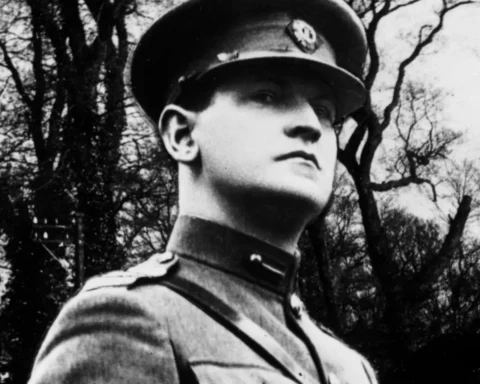Harbouring a surfaced theme of physical intimacy, unnoticed reality in the Flea by John Donne, ulteriorly hints the theme of “attempted female victimization”. Quite insisting in his proposal of sexual intercourse, the speaker of the poem carvers, if unconsciously, the way for her doom, especially considering the marriage -for women the only way to thrive in society- in which the dictum of “chaste” was the prerequisite. So, rather than a romantic reading, I will try to draw a general portrait about this attempted female victimization in Donne’s poem.
To start, the poem welcomes the reader with the tender voice of the protagonist. He is endeavouring to evince how absurd it is for her to deny him via the image of flea. He painstakingly wants her to observe the flea while sucking their blood and mingling them into one:
“Mark but this flea, and mark in this,
How little that which thou deny’st me is;
Me it sucked first, and now sucks thee,
And in this flea, our two bloods mingled be” (1-4)

Needless to state, The protagonist utilizes the systematic dynamics of the flea. They vouchsafe that the invitation is as “innocent” and as “natural” as the flea itself. In this salutary experience of the three, he directly covets her to “confess” that this act is not “a sin, or shame, or loss of maidenhead” (5-6). With a little time for reflection, one may sense that the aforementioned invitation is a physical copulation, a physical intimacy with its great brevity.
In this respect, the girl’s denial becomes a quintessential representative of the cultural caveat of seventeenth-century society. The society incarcerated the women in the status of stasis, leaving marriage as the only “legal” way to thrive.
Yet, in order to fulfil this telos, they needed to befit the dictum of being “chaste”, thus conjuring the notion of physical copulation as cultural stigma.
This diametrically explains why the girl takes up the posture of defiance. She does so while hearing the warnings of topical cachets. If performed, individual female emphasis would be cast into ostracism, whilst male emphasis would be protected.

Therefore, the efforts of the protagonist seem to be in vain. The girl jettisons any attempt to incubate physical intimacy. In this sense, the protagonist veers its so-called tender discourse into what I call as “his sinister game”.
He commences on projecting a phenomenon as it is not. Likening the flea to a template, he asserts that their love is more than a marriage. So, this slanted act, he hints, has already been approved by the holy demeste:
“… three lives in one flea spare,
Where we almost, nay more than married are.
This flea is you and I, and this
Our marriage bed, and marriage temple is” (10-13).
In so doing, he tries to revamp ossified values which would, in return, elicit “parents’ grudge” (14). In his invitation, he, actually, culminates in indelible damage on her. More strikingly, the protagonist accuses her of committing sins after killing the flea -or rather rejecting his proposal, which is “cruel and sudden” through the protagonist’s perspective (19).
Albeit committing “sins”, the girl, as a personal observation, acts according to pro forma de rigeur. In other words, She saves herself from becoming a plunged victim marked by a pro tem act. Hence, attempted female victimization.











